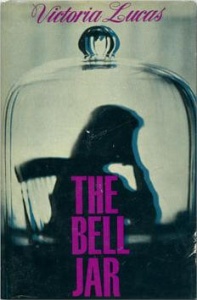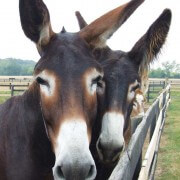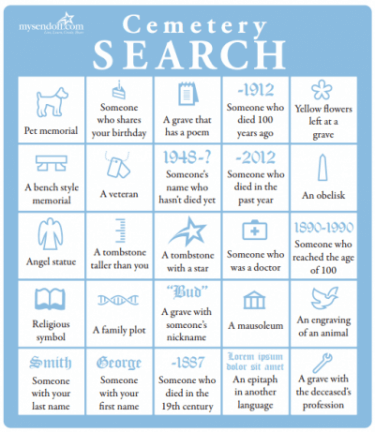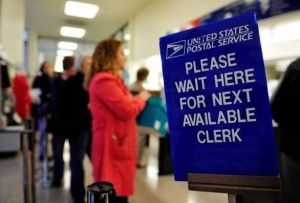Sylvia Plath Day
Is it possible to wish someone a Happy Sylvia Plath Day? How can anyone celebrate the birthday of a woman who killed herself? Is this a joke? Is it sponsored by some brand of oven cleaner? We found evidence that this holiday exists:
From the Sylvia Plath Forum, created in 1998 by Elaine Connell and closed after her death in 2007:
To all avowed Sylvia Plath supporters and admirers:
I am with the Sylvia Plath day organizing committee. Let me explain: over 1,000 people signed a petition just recently in the city of Northampton, Ma to have a Sylvia Plath Day. The Mayor, consumed by the irresistible force of Plath petition signers/supporters then declared October 27, 2001 Sylvia Plath Day. As you know, Sylvia Plath attended Smith College in Northampton. We are planning a big celebration of the life and legacy of Sylvia Plath on October 27 of this year. We can use your help!
Michael
Northampton, Ma, USA
Friday, April 27, 2001
Unfortunately, we could find no Northampton public records to confirm the mayor was indeed “consumed by the irresistible force.” But if we still pore over her work and the minutiae of her life over fifty years after her death, does it matter if it’s official or not?
Of course, we remember Sylvia Plath because she wrote The Bell Jar, a novel that has been required reading for many in high school despite (mostly) unsuccessful attempts to ban it for its “overt rejection of the woman’s role as wife and mother.” And, like it or not, we remember her because she committed suicide. We study her poetry and prose, trying to divine what fueled her despair, what caused her to take her own life. Plath wrote this in her journal a few months before her death:
I feel outcast on a cold star, unable to feel anything but an awful helpless numbness. I look down into the warm, earthy world. Into a nest of lovers’ beds, baby cribs, meal tables, all the solid commerce of life in this earth, and feel apart, enclosed in a wall of glass.
Plath wrote poetry in a confessional style, revealing intimate details about herself. She was driven, publishing her first poem when she was eight. She was the first poet awarded a posthumous Pulitzer Prize. She wrote fifty short stories in addition to her one novel.
In February of 1963, her depression overcame her. For weeks, her doctor had tried to secure a bed for her in a psychiatric hospital. She sealed her children in their room upstairs, then sealed herself in the kitchen, put her head in the oven, and turned on the gas. She was thirty years old.
On Sylvia Plath Day, instead of fetishizing her death or lamenting the loss of all she might have written, we can celebrate her life by learning about her, reading her work, and being happy for what she shared with us in her short yet brilliant life.
It’s a day we should also acknowledge the brutal power of mental illness to damage and destroy lives.
Learn more at:
Neurotic Poets
This Day in History
Sylvia Plath and the Mythology of Women Readers: 2011, Univ. of Massachusetts Press
If you are thinking about suicide, read this first.
National Suicide Prevention Lifeline website and toll-free telephone number: 1 (800) 273-8255






